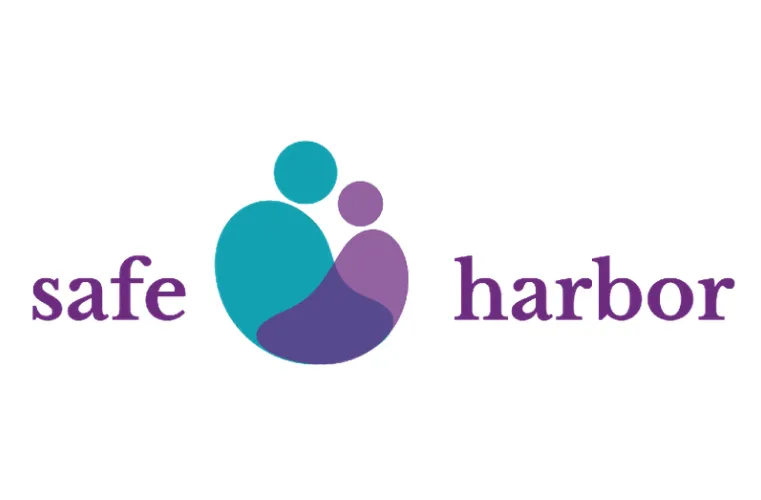Why Just Measuring Employee Engagement Isn’t Enough (and What to Do Instead!)
(Sponsored Content) Maybe you’ve seen this before at your company. You roll out employee engagement surveys, implement new office perks, and host team-building activities. But despite your best efforts and good intentions, nothing really seems to change.





